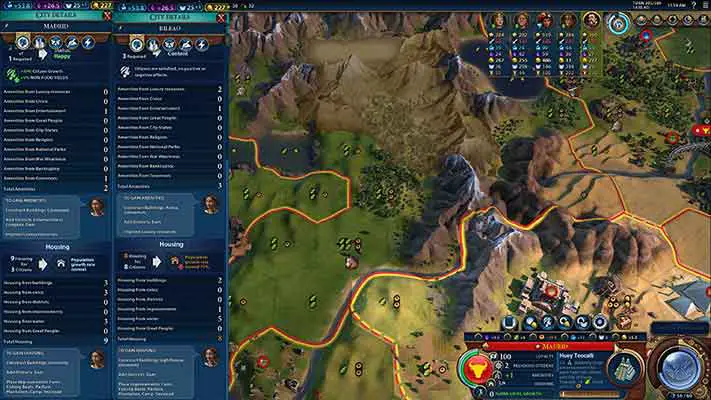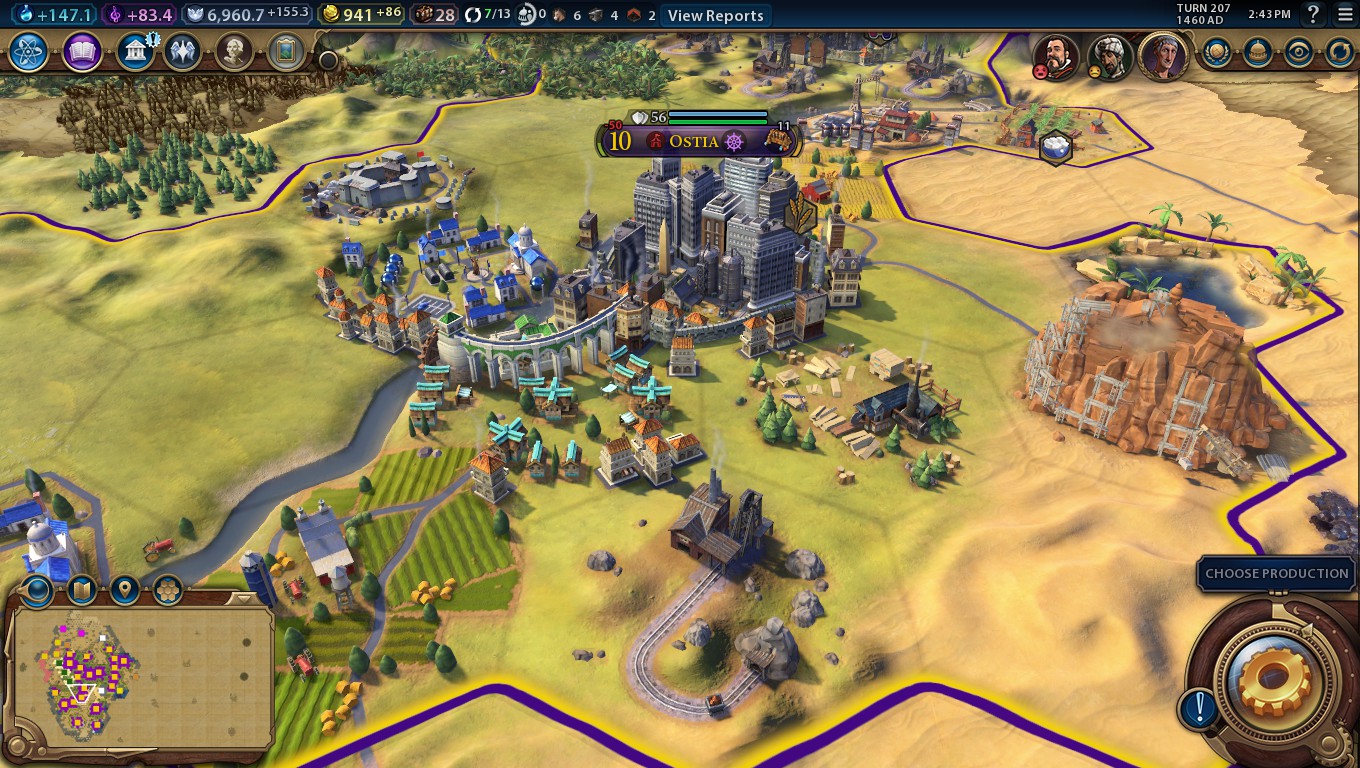

5.1.3 Poverty among working-class women.3.1 Ties with France and Russia against Germany.Similarly, Elizabethan era refers solely to the 16th-century queen Elizabeth I and is not extended to the current Elizabeth II. The subsequent reigns of George V and George VI are not commonly termed Georgian era, this name being reserved for the time of the 18th-century kings of that name.

The Edwardian era was the last period of British history to be named after the reigning monarch. Women started to play more of a role in politics. Below the upper class, the era was marked by significant shifts in politics among sections of society that had largely been excluded from power, such as labourers, servants, and the industrial working class. The Liberals returned to power in 1906 and made significant reforms. Samuel Hynes described the Edwardian era as a "leisurely time when women wore picture hats and did not vote, when the rich were not ashamed to live conspicuously, and the sun really never set on the British flag." Her son and successor, Edward VII, was already the leader of a fashionable elite that set a style influenced by the art and fashions of continental Europe. The death of Queen Victoria in January 1901 marked the end of the Victorian era.

The Edwardian era or Edwardian period of British history spanned the reign of King Edward VII, 1901 to 1910, and is sometimes extended to the start of the First World War.


 0 kommentar(er)
0 kommentar(er)
